Many women suffer from visible facial hair, ranging from soft peach fuzz to visible black hairs on the upper lip and jawline. Luckily, the act of female shaving has gained acceptance over the past couple of years, and you can find many ways to get rid of those pesky fine hairs.
Dermaplaning stands as one of the most exciting recent developments in facial care. It combines shaving with exfoliation for healthier, more radiant skin. But is this the right option for you? Read on to find out.
Dermaplaning is a technique that uses a very sharp single blade to scrape away the top layer of dead skin cells and vellus hair on your face. A licensed aesthetician will use a surgical scalpel held at a 45-degree angle to work away at the top layer of dead skin gently. An esthetician uses a light, feathering motion and short strokes to prevent the blade from catching on your skin or hair, ensuring your safety and comfort throughout the procedure.
The most common reasons to consider dermaplaning include:
Dermaplaning is basically the same concept as shaving. An esthetician slowly drags a sterile blade across your forehead, cheeks, chin, and neck to remove dead cells, scar tissue, and other debris that may be causing imperfections in your skin.
The main benefit of dermaplaning is that it clears your face of any unwanted hair. This can make makeup application cleaner and easier, without any fine facial hair to ruin the final look. A dermaplaning treatment also offers the benefits of a deep exfoliator, revealing healthy, radiant skin below the original dull and tired skin layers. It can also remove layers of hyperpigmentation, evening out your skin tone.
Many dermaplaning enthusiasts will also say that it promotes collagen growth, similar to what happens during a chemical peel, which can protect your skin from the effects of aging. You may also hear that removing the top skin layer will improve the efficacy of your skincare products and serums since it can easily penetrate the layers that need it most.
While dermaplaning can have good results with improving skin tone and removing fine lines, it’s important to note that these results don’t last very long. Dermaplaning only removes the topmost layer of skin, which replenishes itself every three to four weeks.
The new layer of skin will suffer from environmental damage during these weeks, making it dull and tired-looking. At that point, you’ll need another dermaplaning session to refresh the results.
Dermaplaning is a very low-risk procedure, and it doesn’t rely on any chemicals or laser treatments that may affect your underlying skin layers. There is very little chance of developing an allergic reaction since the treatment doesn’t apply any allergens to your skin.
However, as with any skincare treatment, you may experience some minor side effects. The most common effects include:
The most severe side effect is scarring, which happens when the skin reacts badly to the micro-cuts and starts forming scar tissue. This scarring usually occurs when the blade catches on hair and cuts deeper than expected. While using a blade guard can reduce the chance of scarring, people who develop keloids or are susceptible to scarring should avoid the procedure.
Dermaplaning proves safe for any skin type, including sensitive skin. However, due to the nature of the treatment, some people should avoid the process.
Individuals with cystic acne, cold sores, or other skin infections should avoid the treatment, as the blade can easily cut through the sores or spread bacteria to the rest of the individual’s skin.
If you have sunburn, a rosacea breakout, or a chronic skin condition like psoriasis or eczema, dermaplaning can worsen these conditions.
Be sure to speak to our medical esthetician before committing to a dermaplaning session to make 100% sure that it’s right for you.
Dermaplaning and microdermabrasion share some similarities in that both remove the top layer of dead skin for a more even skin tone. However, the two procedures vary enough that they offer different benefits for different people.
Microdermabrasion has been extensively researched, and many studies show that it stimulates collagen production, which reduces the appearance of fine lines and promotes healing and anti-aging skin.
Dermaplaning hasn’t had the same amount of attention, which means that clinical studies are rare. However, it removes a thinner layer of skin than microdermabrasion, which means its anti-aging benefits may not be as pronounced.
Some of the unique benefits of microdermabrasion include:
Microdermabrasion specifically targets the skin layer without affecting facial hair. If you want a procedure that removes unwanted facial hair, then dermaplaning is the right option for you. If you want something that will keep your skin looking younger for longer, microdermabrasion may produce better long-term results.
Before your dermaplaning session, you’ll have a short consultation with your esthetician. You can use this time to ask any questions or raise any concerns. The provider will ask about your medical history, focusing on potential skin issues, and identify your skin type and complexion. All of this information helps ensure that you experience minimal irritation and side effects after the treatment.
Dermaplaning is a relatively gentle procedure, meaning you don’t have to undergo any pre-treatment before the process. Depending on the treatment area, the treatment itself will take between half an hour to an hour. If you’ve combined dermaplaning with some other treatment, you may be in the chair for slightly longer.
Dermaplaning is a relatively gentle procedure, meaning you don’t have to undergo any pre-treatment before the process. Depending on the treatment area, the treatment itself will take between half an hour to an hour. If you’ve combined dermaplaning with some other treatment, you may be in the chair for slightly longer.
You also don’t have to schedule any downtime for recovery, though you may notice a bit of redness for one or two days after the treatment.
The main concern after dermaplaning focuses on taking care of your newly exposed skin. This skin is particularly vulnerable to the environment, especially UV rays, so be sure to wear heavy-duty sunscreen of SPF 40 or higher after your treatment. Try to keep out of the sun as much as possible after the treatment.
Also, consider using a lighter moisturizer to prevent clogs or heaviness that may dull your newly revealed skin. Consider using serums and more nutrient-dense products rather than focusing on heavy-duty moisturizers for the best effect.


